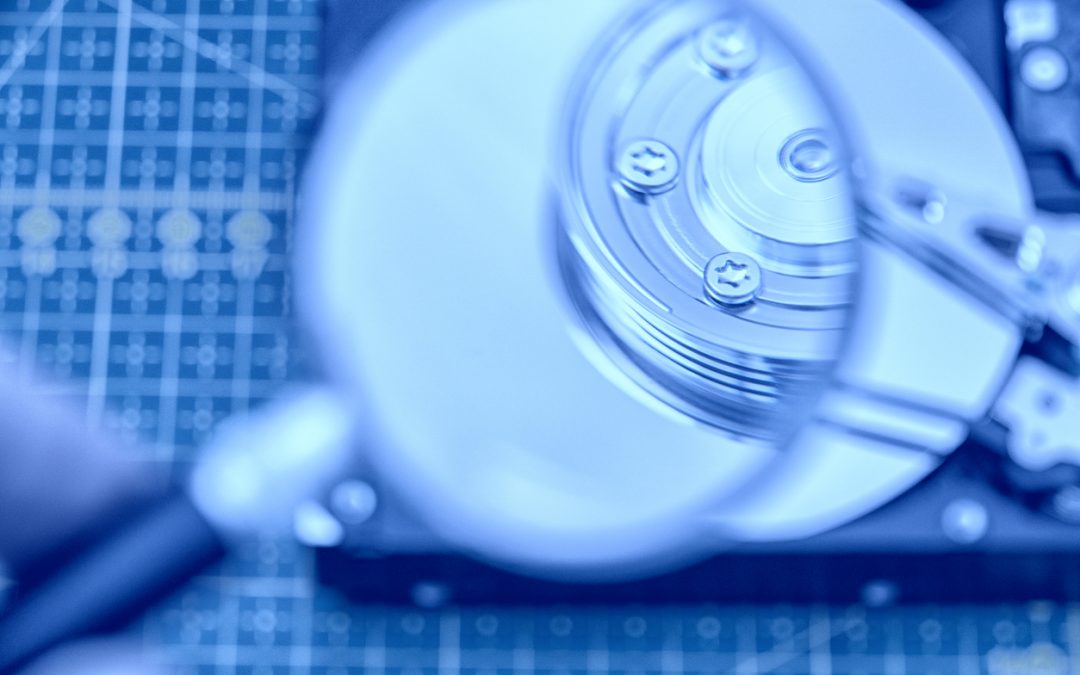Hard disk drives (HDDs) and solid-state drives (SSDs) are essential components of modern computers for storing and retrieving data for various applications. However, these devices are not immune to failures, which can lead to data loss, performance degradation, or system downtime. Therefore, it is important to monitor the health and reliability of HDDs and SSDs and to predict potential problems before they cause serious damage.
Predicting Reallocated Sectors, Blocks, or Pages
By analyzing a diverse set of drive data, ULINK has noticed similarities and differences in what health indicators predict problems in HDDs and SSDs. A common problem that affects both HDDs and SSDs is the reallocation of sectors, blocks, or pages wherein some parts of the storage device become unusable and are replaced by spare ones.
Some unique and predictive health indicators for HDDs arising from their mechanical components are spin up times and seek error rates, which indicate how fast and accurately the HDD can access data. A high spin up time or seek error rate can indicate a problem with the motor or the read/write head of the HDD.
For SSDs, some unique and predictive health indicators arising from NAND flash technology are block erase counts (which depend on the efficiency of the Flash Transition Layer) and the number of NAND pages written. These indicate how much wear and tear the SSD has experienced due to write operations. A high block erase count or number of NAND pages written can indicate a problem with the endurance or reliability of the SSD.
Some health indicators can be used to predict both SSD and HDD health, such as the age of the drive, number of power cycles, amount read/written, read/write speed, and read/write latency, and temperature. High values can indicate a problem with the lifespan or stability of the drive. Low values can indicate a problem with the performance or efficiency of the drive.
Predicting Drive Failures
Another type of problem that can affect both HDDs and SSDs is drive failure wherein the drive stops working completely and cannot be recovered. Some host-detected health indicators predictive of catastrophic failures in both HDDs and SSDs include device error count, uncorrectable errors, and command resets. High values can indicate a problem with the functionality or integrity of the drive.
Oddly enough, some interface-related issues only appear to predict catastrophic failures in SSDs, including SATA CRC errors and ASR events. These indicate how well the drive communicates with the host system.
We have also observed that health indicators tend to be more weakly correlated to drive removal in SSDs than HDDs. SSD users are less likely to replace their drives when they encounter problems than HDD users.
Various health indicators can be monitored by ULINK’s software to predict problems in HDDs and SSDs. Some health indicators are more strongly predictive of problems than others. By using ULINK’s software, you can keep track of these health indicators and take preventive actions before your drive fails.
QNAP and ULINK Release DA Drive Analyzer, AI-powered Drive Failure Prediction Tool for NAS
Photo Credit: Vitalii Bezverkhii

